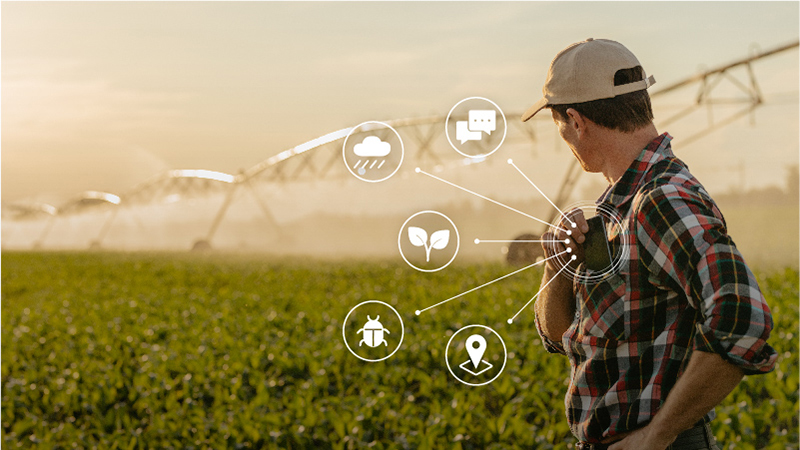Ensuring a Successful Spring Crop With Fall Fertility Applications
As retailers and growers wrap up this year’s growing season and harvest their crops, they are also reviewing their data and finalizing plans for the following season, according to CHS Agronomy. One key consideration at the end of the harvest season is to complete fertility work in the fall, ahead of planting in the spring.
Incorporating essential nutrients into the soil in the fall during the time between the end of harvest and the first freeze will ensures you get the right nutrients in place for the next year’s crop. Applying the macronutrients like phosphorus and nitrogen will give seedlings access to those essential building blocks right away in the spring.
“Research has shown that timing for seasonal applications has little effect on phosphorus availability due to its limited mobility in soil,” says Steve Carlsen, CHS Agronomy Levesol and Crop Enhancement Portfolio Manager. “Fall fertilization often has the advantage of lower prices and greater availability.”
Phosphorus Availability
A few important steps need to be considered to make sure that phosphorus is available to plants in the spring. First, know the pH levels of your soil. Maintaining a pH of anywhere from 6-7.5 is critical to managing phosphorus levels. When the pH drops below a 6.0, it is easier for positive ions in iron and aluminum to bind to the negative ions in phosphorus, making it unavailable. Fall is also a great time to apply lime to soils with a lower pH to help neutralize soil acidity in the spring.
Application timing in the fall is also essential to ensure phosphorus is in the right place for planting in the spring. Carlsen also recommends that growers apply their phosphorus just ahead of fall tillage to ensure it is worked into the ground and close to the crop’s root zone. Working it into the soil also helps minimize the risk of runoff due to water movement or soil movement.
Continue reading at CHS Agronomy.





